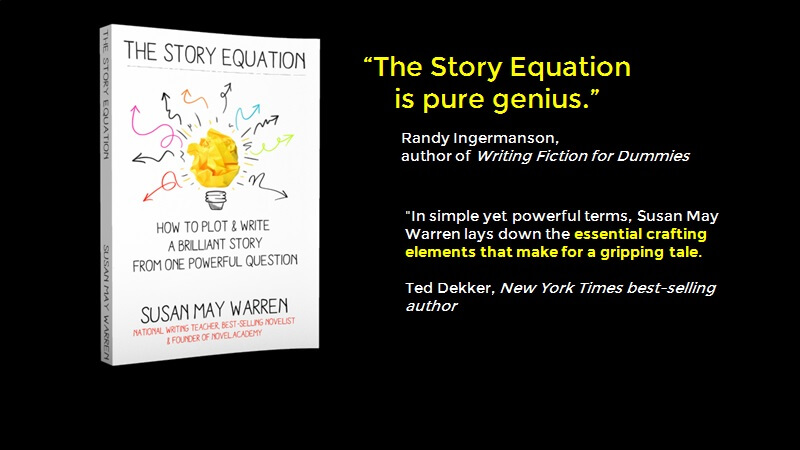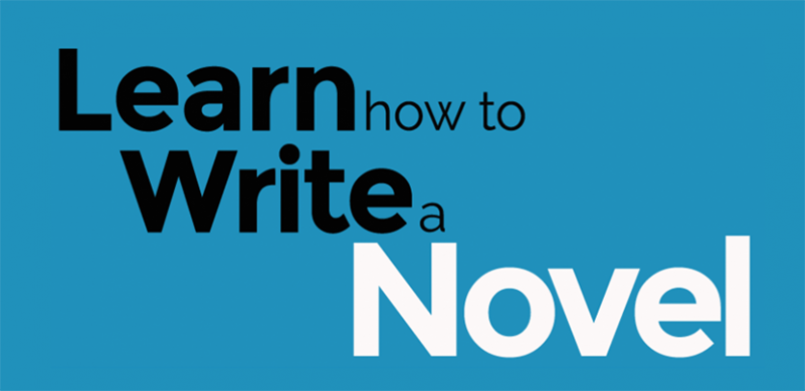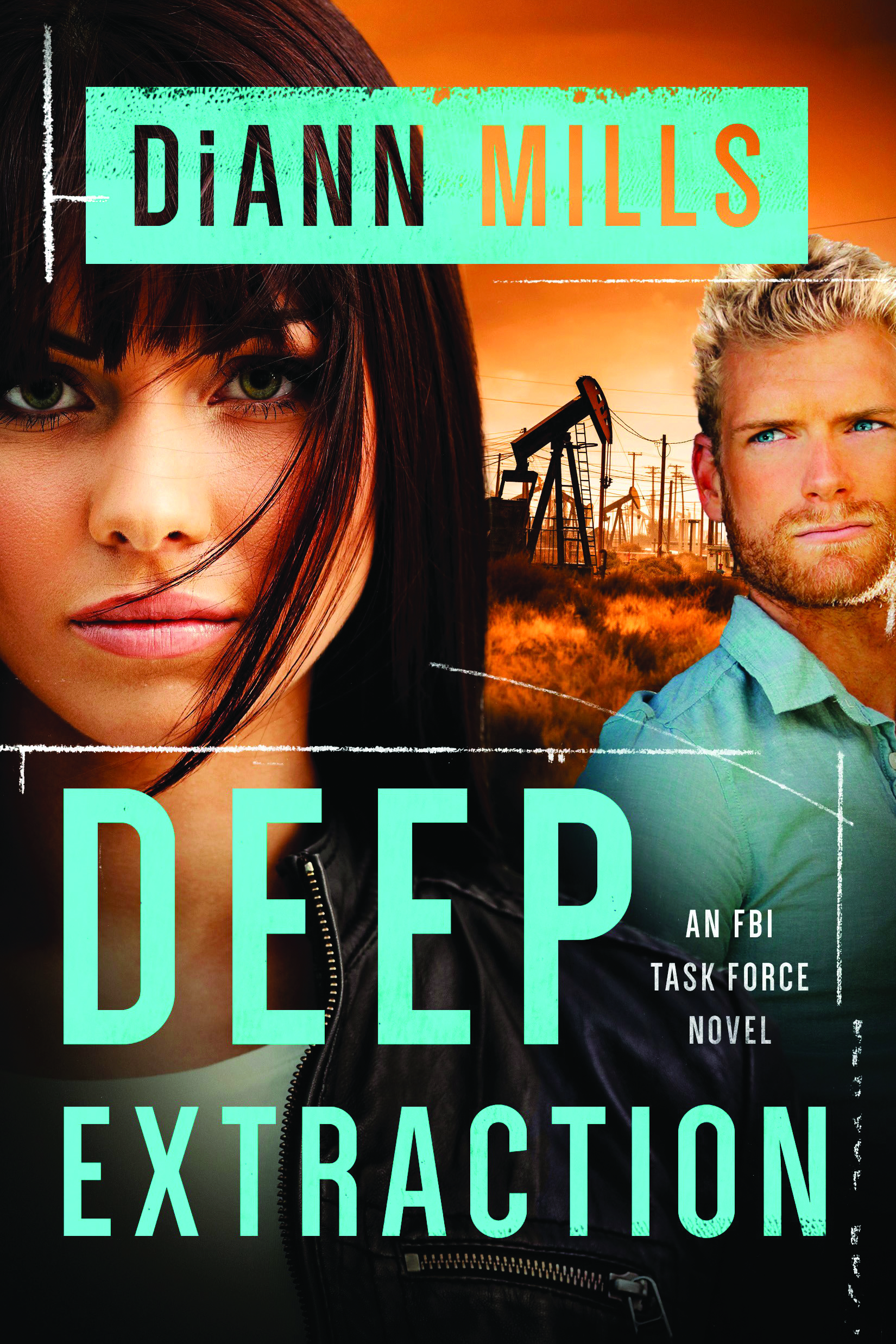 Some great advice from NYT bestseller, Tess Gerritsen.
Some great advice from NYT bestseller, Tess Gerritsen.
Tess Gerritsen is a Phi Beta Kappa graduate of Stanford University. Tess went on to medical school at the University of California, San Francisco, and was awarded her M.D. in 1979. After completing her internal medicine residency, she worked as a physician in Honolulu, Hawaii. In 1987, Tess's first novel was published. CALL AFTER MIDNIGHT, a romantic thriller, was soon followed by eight more romantic suspense novels. She also wrote a screenplay, "Adrift," which aired as a 1993 CBS Movie of the Week starring Kate Jackson. Her thriller, Harvest was released in 1996, and marked Tess's debut on the NEW YORK TIMES bestseller list. Film rights were sold to Paramount/Dreamworks, and the book was translated into twenty foreign languages. Now retired from medicine, Tess writes full time and lives in Maine.
~Used with permission~
In some ways, the second draft is much harder work. Which is why I’m dreading it.
For me, the very worst stage in the novel-writing process is when I’ve finished the first draft and I finally give it a front-to-back read. That is invariably when I get that sickening feeling that I’ve written the worst book in the world and there is no way I can fix it. I give myself a day to be depressed. I mean truly, deeply, depressed. I contemplate the end of my career. I try to think of alternate jobs I might be able to do instead. Organic farmer or itinerant fiddler. Heck, sometimes the job of donkey pooper scooper starts to sound like a more enjoyable career. (I’m serious here. My husband and I just acquired five donkeys, and I so dreaded working on my manuscript yesterday that I jumped at the chance to muck out the barn instead.)
So yes, John S. I know what you mean when you say second drafts are much harder work.
Since this is the 20th time I’ve been through the process, I’ve learned what to expect. I know I’ll be depressed. I know I’ll despair of ever fixing the mess. And then I’ll get to work and fix it. Tackling it gets down to some pretty basic issues.
First, make the plot hang together — make the story’s set-up match the story’s resolution. In VANISH, I started off with a hostage crisis. In the first draft, the hostage taker was a man, whose motives remained a mystery to me. By a third of the way through the book, I ditched the guy and turned him into a gal. That’s when her motives became clear to me. By the end of the book, I knew what the hostage crisis was all about. My first priority, when I wrote the second draft, was to revise the first third so that it was the logical set-up to the rest of the story.
Second, refine and deepen the characters. My first drafts tend to be somewhat bare-bones. I’m so busy trying to figure out the plot and the mystery that I shirk a bit on the character development. My second drafts add detail and more introspection. I get inside the characters’ heads, elaborate on their emotions, and find ways to deepen the conflicts they face.
Third, heighten the poetry. I know you’re thinking, “but you write fiction, not poetry!” But in many ways, I think I am writing poetry. An important part of narrative writing is reaching the next level of description, a level that goes beyond the mediocre and strives toward the artistic.
Fourth, clean up all the inconsistencies. Make sure the names and genders and eye colors have stayed the same from beginning to end.
Fifth, re-order the scenes to heighten the tension. I’m one of those writers who doesn’t write the story in chronologic order. Since I’m often juggling several subplots, I will often write one subplot from beginning to end, and then write the second subplot from beginning to end. Then I’ll weave them together. In VANISH, for instance, I wrote the Jane and Maura hostage crisis story first. When I’d almost finished that part, I went back and wrote the Mila subplot. Finally, I intercut the two subplots, figuring out the most dramatic sequence in which to vary them. But I didn’t do that until the second or third draft.
Sixth – and this may surprise some people — figure out your chapter breaks. My first drafts are continuous. I just go scene by scene, without chapter breaks. It’s only late in the process, usually my third or fourth draft, when I decide where to end the chapters. I look for cliff-hanging endings, for chapter breaks that will make the reader say, “I can’t stop here! I’ve got to read just one more chapter!”
I’ve yet to face all these tasks. I’m still working on the first draft of THE BONE GARDEN, and already dreading my initial read-through. But I also know that somehow, I’ll find a way to fix it.
Friday, April 06, 2007
Home »
» Tess Gerritsen on Second Drafts
Tess Gerritsen on Second Drafts
Friday, April 06, 2007
5 comments























Tess:
ReplyDeleteWhat a timely piece for me. I'm cruising through my blogroll, creatively (?) procrastinating my having to perform surgery on my ms.
Your sharing how you make order out of chaos is truly helpful. Sigh. No more excuses. Off I go...
Confidently finishing things is the secret to me. And caffeine.
ReplyDeleteThe Hood Company
Thank you, Tess, for sharing this with us. Great advice! I usually start out my ms in scenes, but then move to chapters earlier than you suggest. I may go back to scenes. It certainly does help me see the best place to break the chapters later at a cliff hanger.
ReplyDeleteThanks Tess!
ReplyDeleteI'm dregging through my third draft so your comments are very encouraging.
Thanks and Blessings,
Valerie
Tess, thanks for a great article. I love the third point, heighten the poetry. It's easy to get so caught up in just meeting a deadline that the poetry can be overlooked.
ReplyDelete